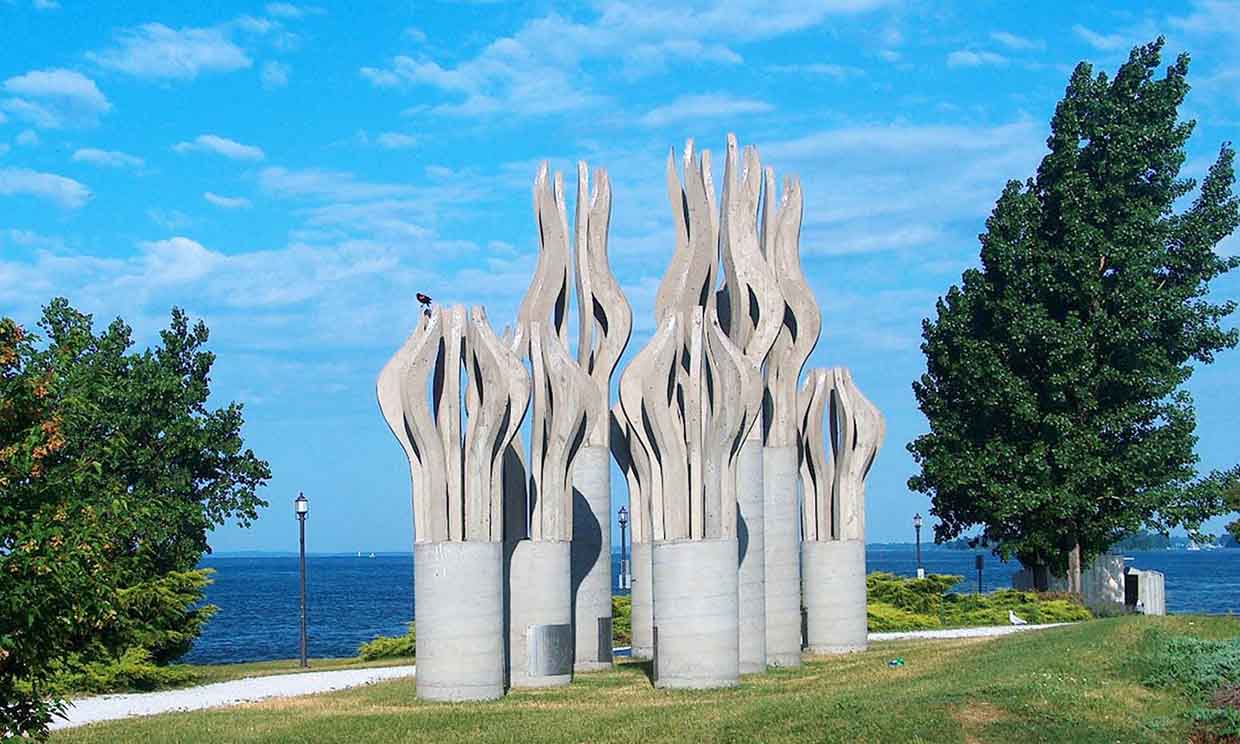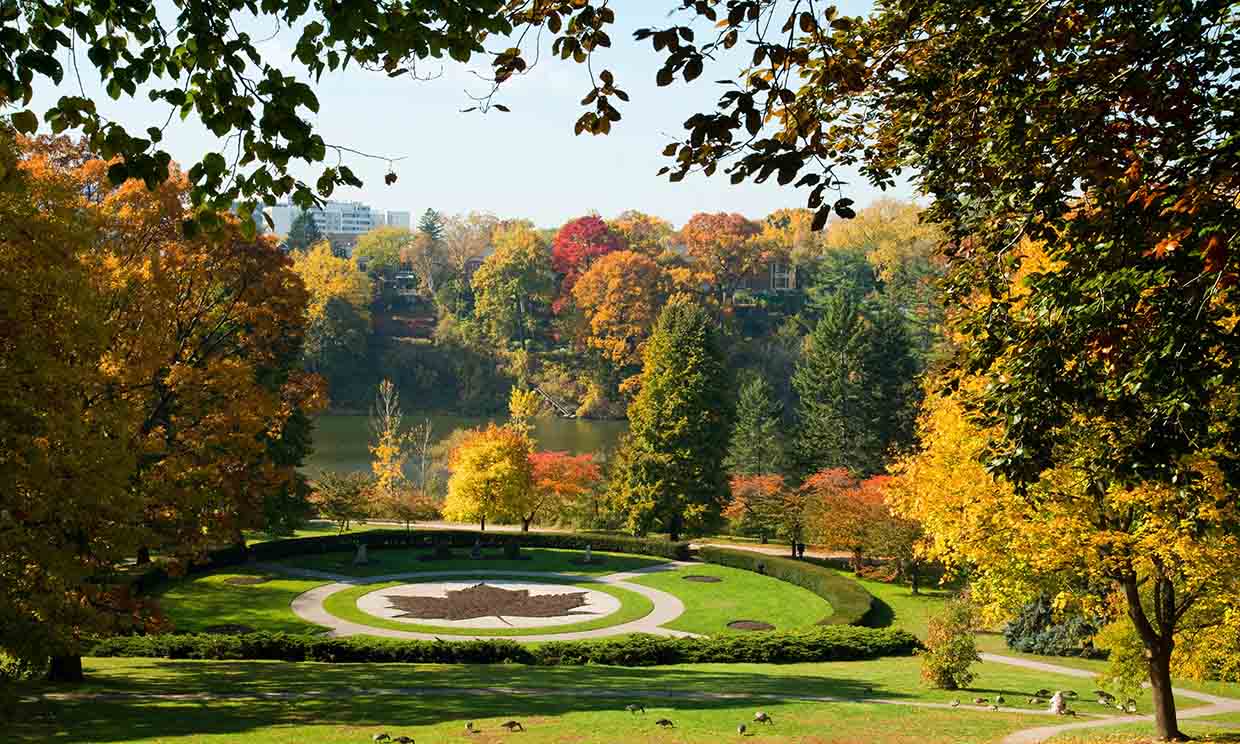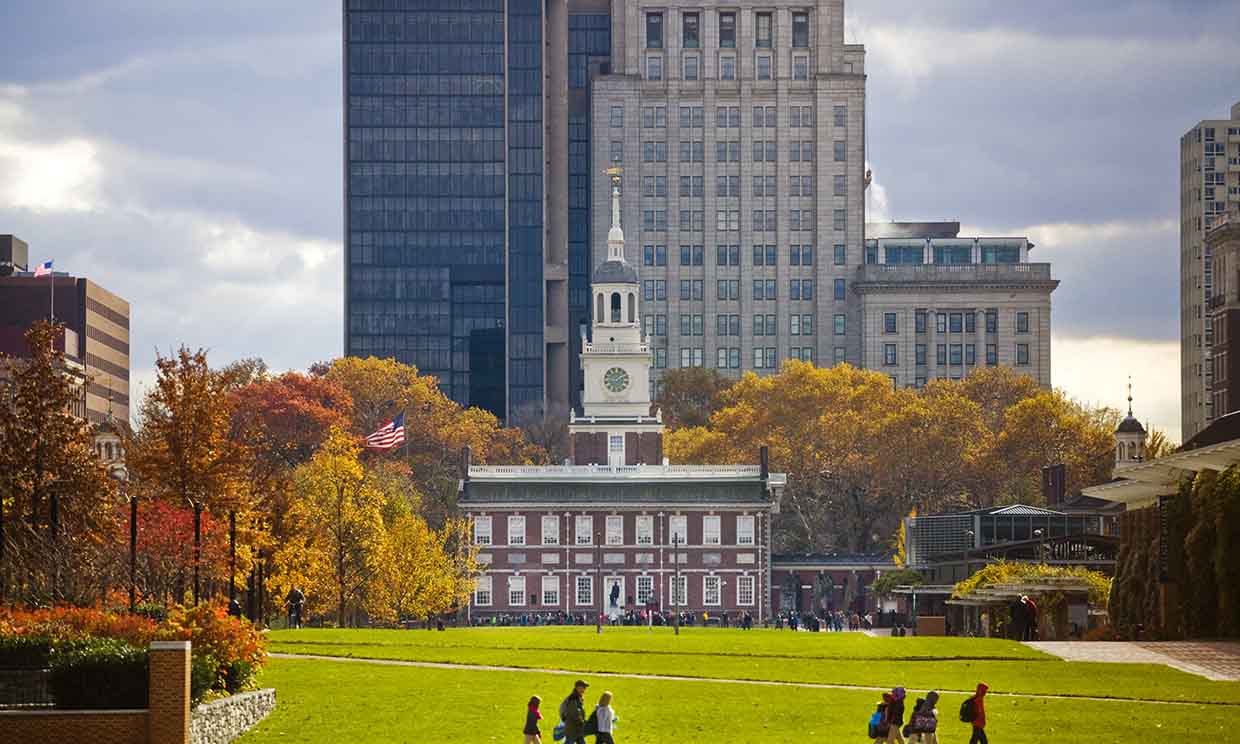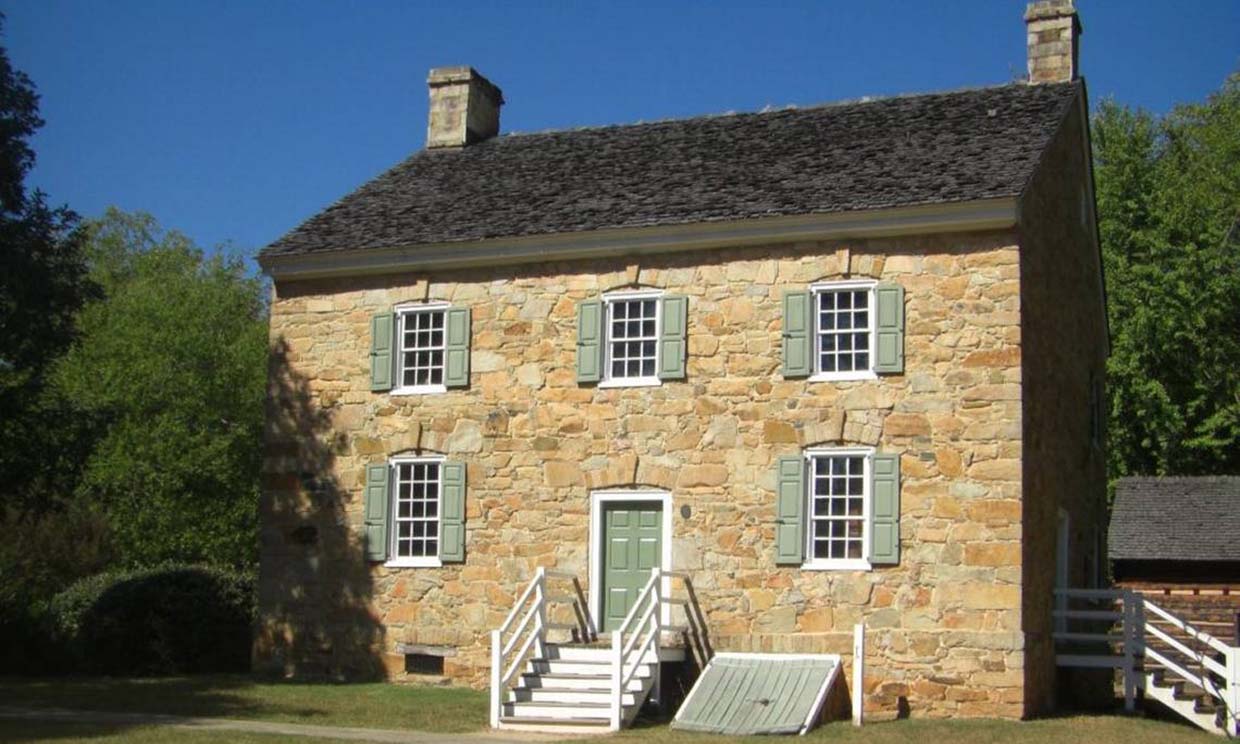When people talk about Montréal, they usually think of the Old Port, Saint Joseph’s Oratory, Mount Royal, or the stunning stained glass windows of Notre-Dame Basilica. These landmarks are undeniably the city’s face. But for me, what made me truly fall in love with Montréal wasn’t the famous “must-see” attractions—it was the lesser-known corners, the quiet places even some locals overlook.
After living in Montréal for a while, I began to slow down and explore the city differently. I stopped chasing checklists and started sitting on park benches, sipping slow-brewed lattes in anonymous cafés, and wandering into independent bookstores with barely any signage. In those uncrowded spaces, I began to understand the real soul of Montréal.
Today, I want to take you through nine of my favorite hidden gems. They’re not flashy or loud, but they quietly preserve the essence and memory of this city.
1. Parc René-Lévesque: A Poetic Peninsula at the End of the Industrial Zone
You may have visited Mount Royal, but chances are you haven’t heard of this “hidden-in-plain-sight” green haven.
Parc René-Lévesque lies in the southwest Lachine district, surrounded by old factories and abandoned train tracks. It’s so hidden that even GPS often fails to find the right entrance. But walk far enough, and you’ll discover a peninsula stretching into the Saint Lawrence River.
The park features a long riverside trail, flanked by wildflowers and outdoor sculptures. The best time to visit is at dusk, when the sun sets from the west, bathing the water in golden light. It’s peaceful, vast, and occasionally interrupted by an old man fishing or a cyclist gliding silently past.
My favorite ritual is bringing a book and sitting on a bench beside one of the sculptures, watching the sky darken slowly. It feels like even time slows down there.
2. The West End of Rue Saint-Paul: Montréal’s Art Scene Kept Secret
Most visitors to Rue Saint-Paul stay near the Old Port—shopping for souvenirs, exploring art galleries, or dining in French restaurants. But if you continue walking west past McGill Street, you’ll enter a quieter stretch filled with creative energy.
Here, you’ll find micro galleries showcasing emerging Montréal artists, and sometimes even immersive installations. I once visited Arsenal Contemporary Art Montreal, where the entire space was transformed into a “moving sound theater.” Visitors wore headphones and followed light cues to experience a narrative in motion.
There are also no-name shops tucked along this section, like a tiny hat atelier run for over 30 years by a quiet Italian gentleman who handcrafts every piece.
Walking through this part feels like entering the artistic backyard of Montréal—no crowds, just stories hidden in every brick wall.
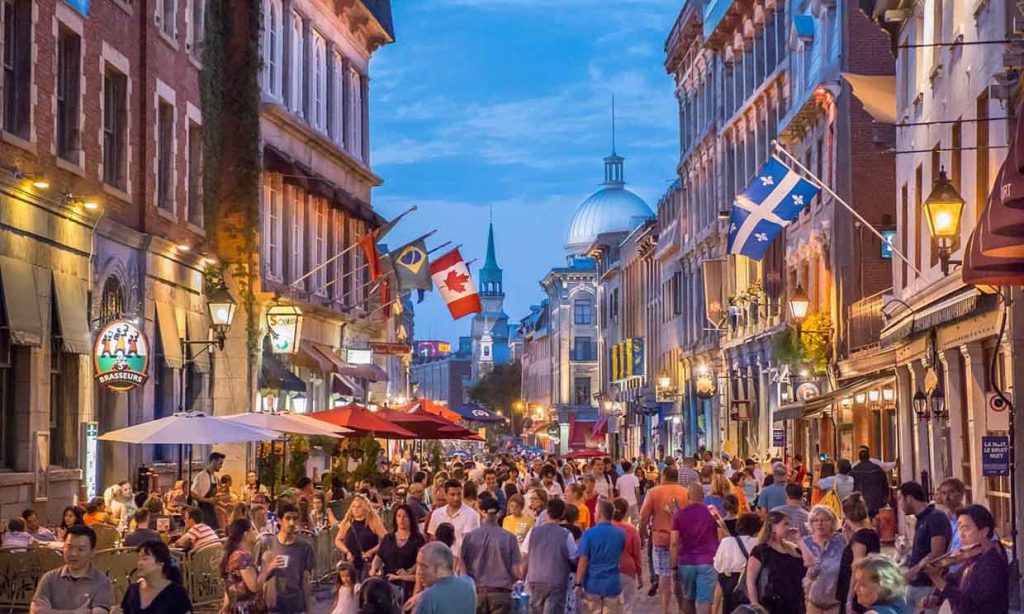
3. Bain Mathieu: A Public Bathhouse Turned Cultural Hub
Montréal has many repurposed industrial buildings, but Bain Mathieu remains my favorite.
Built in the 1930s as a public bath for working-class residents, it was abandoned with the advent of modern plumbing. In the 1990s, a group of artists took over the space and transformed it into a venue for performances, exhibitions, and talks.
The first thing you feel walking in is spatial tension: the old pool floor becomes a stage or audience area, the towering walls display visual projections, and the arched glass ceiling remains intact. The blend of old and new, cold and warm, is unlike anything I’ve seen elsewhere.
I once saw a silent play performed by a local experimental troupe here, with live-recorded city sounds as the background. The performers used body language to explore “spatial memory.” I left feeling as if the building itself had spoken to me.
4. The Backstreets of Jean-Talon Market: A True Culinary Adventure
Jean-Talon Market is known for its colorful produce stands, cheeses, and local honey. But if you walk a few blocks north of the main market street, you’ll enter a completely different world—home to Middle Eastern, North African, Haitian, and South Asian communities.
I stumbled into this area one day, drawn by the scent of spices. In a tiny grocery store, I found rows of spices I couldn’t name—dried chilies, rose petals, and exotic herbs stored in giant glass jars like color samples.
Further along, I found an Algerian butcher offering fresh Harissa paste to sample. Nearby, a Lebanese dessert shop handed me a warm piece of baklava and a cup of milk tea infused with orange blossom.
If you’re willing to step beyond the “main market,” this area offers a culinary adventure that speaks to the true immigrant heart of Montréal.
5. Marché des Possibles: A Summer-Only Pocket Universe
Each summer in the Mile-End district, a small square comes alive with something magical—Marché des Possibles. It’s not a “market” in the traditional sense, but more like a spontaneous community festival.
Cargo containers, tents, and mobile bars surround an open plaza. By day, it’s a space for kids dancing or yoga classes; by night, it becomes a stage for live music.
I discovered it one evening when I followed the sound of music home. Inside, a French-Canadian family was jamming with street artists, singing old workers’ protest songs to electronic beats—and somehow, it worked.
This nomadic, community-run event only appears for a few weeks each summer. There’s no advertising, no ticketing, just one small urban miracle after another.
6. Bibliothèque Mordecai-Richler: A Forgotten Literary Corner
Montréal has many large, modern libraries, but I prefer this quiet neighborhood gem.
Located in the Plateau district, Mordecai-Richler Library was once a school and is now named after the celebrated Montréal author. The library is modest in size but rich in surprise—from facsimiles of local writers’ manuscripts to graffiti-covered stairwells and a second-floor outdoor reading deck overlooking the street.
Once, I stumbled upon a small poetry reading here with just a dozen attendees—neighbors and students discussing “urban realism in literature” after the readings.
In this space, books and the city seem to speak to each other. Reading isn’t an escape here—it’s a way of stepping deeper into reality.
7. The Lachine Canal Industrial Corridor: A Walk Most People Skip
Many visitors to the Lachine Canal stick to the Old Port for photos or a quick kayak ride. But I prefer walking from Atwater Market all the way to Saint-Henri, and even into the Griffintown corridor.
The path hugs the canal, cutting through old or repurposed factories, crisscrossed by rail tracks and lined with graffiti-covered walls. It’s not the pristine, polished city center—it’s gritty, raw, and industrially poetic.
I especially love walking here after the rain. The wet ground reflects the city’s texture, and rusted factory gates and iron bridges seem to express their own quiet moods. This path, to me, is the real backbone of Montréal: rough, free, contradictory, but full of life.
8. Square Saint-Louis: Where Poets Whisper Beneath the Trees
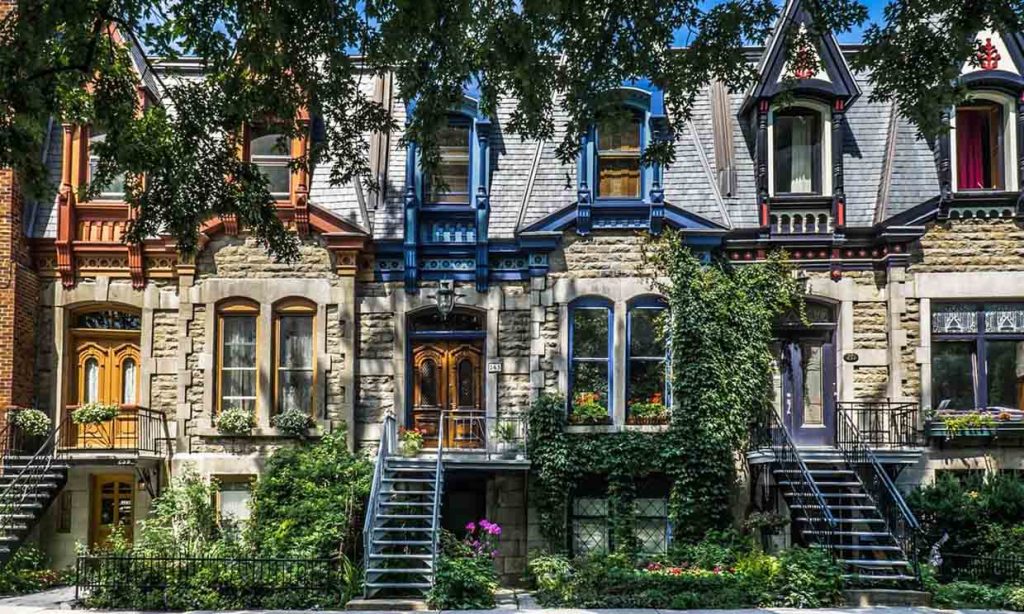
Close to the city center lies a square many mistake for just another city corner. But locals call it “Poets’ Square.”
Many writers, from Emile Nelligan to Leonard Cohen, once lived nearby. The central fountain is framed by vividly colored Victorian houses. In autumn, fallen leaves cover the cobblestone paths, creating a dreamy stillness.
I love coming here around 4 p.m., when sunlight filters through the trees onto stone benches. People walk dogs, scribble in notebooks, chase butterflies, or do nothing at all. The square isn’t advertised as a tourist spot, but for anyone willing to slow down, it becomes a quiet balm for the soul.
9. Le Cagibi: Warm Lights in the City’s Quiet Corners
Last but not least is a place I return to more than any other in Montréal.
Le Cagibi is a café and art space hidden down a side alley. The furniture is mismatched, all secondhand. Every night brings something new: poetry, experimental music, live podcasts, political discussions. You never know what you’ll walk into, but the soft glow and cozy atmosphere never change.
Once, I listened to an 18-year-old girl read her short story about straddling two cultural identities. The crowd—strangers—sat quietly through the entire thing. No interruptions. No one left.
That night, I realized what I truly love about Montréal: it’s not a city sustained by tourist checklists. It’s a place that invites you to stay, listen, and resonate.
The Places Without Signs Are the Ones Worth Remembering
Walking through Montréal, I often feel the city is whispering to me. It doesn’t shout, flatter, or rush you to understand. It hides its essence in places you need to walk into, sit down, and spend time with before you can feel it.
So, the next time you’re here, don’t just stay where the photos are prettiest. Put away the map. Pick a street you’ve never seen before. Walk it.
You’ll find the soul of Montréal isn’t where it’s labeled—but in the places waiting patiently to be discovered.
